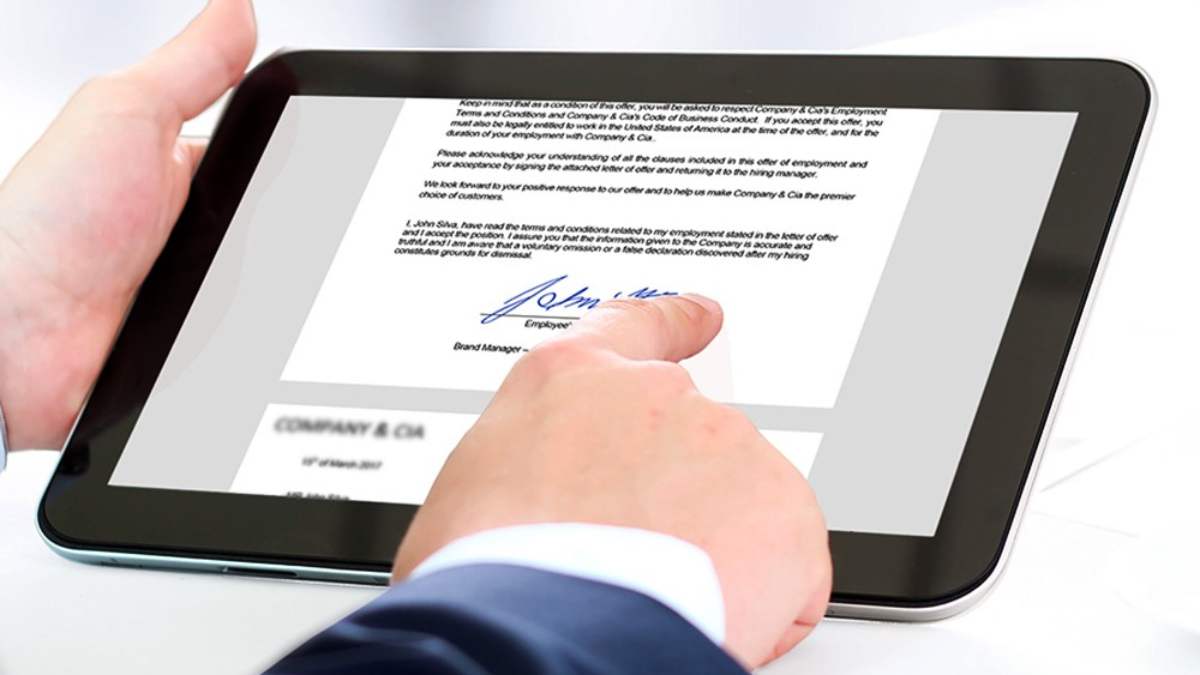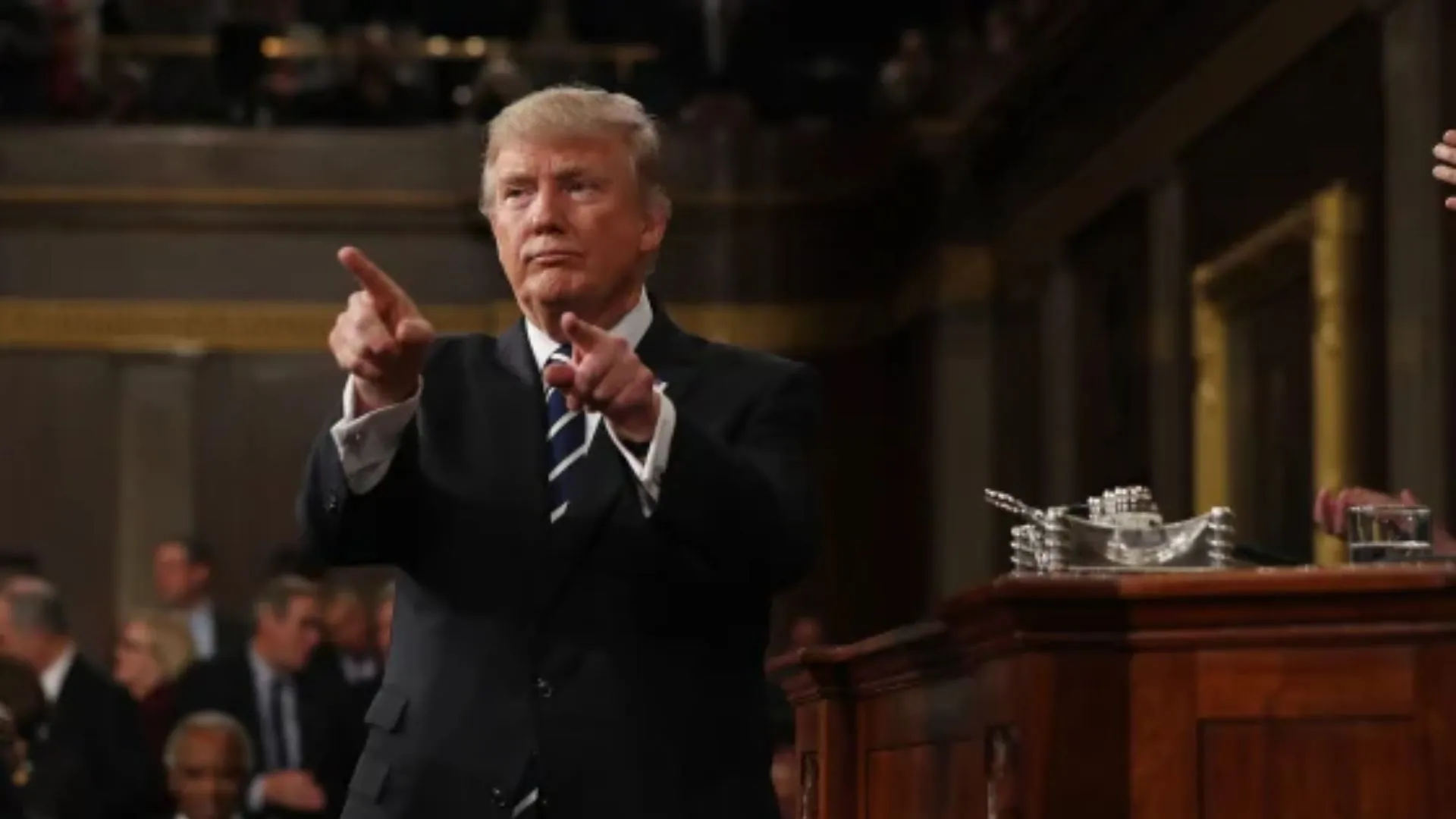CONCEPT OF DIGITAL AND E-SIGNATURES Electronic transactions have become a part of mostly everyone’s lives in this era, owing to the massive and large scale utilization of technology in business, trade and commerce. This consequently entails ‘n’ number of electronic documents being transferred over various networks. In order to curtail the risk of tampering of information contained in the electronic documents, the concept of digital/e-signature was introduced. In essence, digital/e-signatures provide authenticity to electronic records. Notably, the Information Technology Act, 2000 (hereinafter referred to as the “2000 Act”), recognizes such signatures.
SECTION 2 DEFINES THE TWO SIGNATURES AS
“[(ta) —electronic signature means authentication of any electronic record by a subscriber by means of the electronic technique specified in the Second Schedule and includes digital signature; (p) —digital signature means authentication of any electronic record by a subscriber by means of an electronic method or procedure in accordance with the provisions of section 3;” The distinguishing characteristic of a digital signature is that it makes use of cryptography – a process requiring encryption and decryption of an electronic record to be accessible.
It is not an unknown fact that cryptography not only ensures the integrity of an electronic record but also its confidentiality. This implies that, if for instance, “A”, digitally signs a bank document, his document will never be under the risk radar i.e. to say that nobody, will be ever be able to temper its contents, unless they get access to the decryption key, which is unique to the original receiver.
Interestingly, electronic signature does not restrict itself only to the aforementioned process, but allows in its dimension, “any process” which ensures that the signer, at the time of signing the document, had full control over it and that if in the scenario, the contents are tempered before it could reach the original receiver, then such change should be capable of being detected. Therefore, both the signatures intend to provide maximum security and authenticity to an electronic record, thereby proving that they are no less than the wet signatures.
Provisions of the 2000 Act are premised on the Model law of E-Commerce, provided by the United Nation Commerce on International Trade Law, which, basically enshrines the principle of minimalist neutral approach. This approach advocates that the law should remain neutral with the changing technology, as the legislators cannot constantly change laws in order to keep pace with the ever advancing technology. One of the most important Articles of the Model lays down, that where it is prescribed that there ought to be a signature of a person, any technology can be used. Clearly, it hints towards the validity of electronic signatures.
The 2000 Act has ratified similar provisions and the same have been reproduced below: “Section 4. Legal recognition of electronic records.— Where any law provides that information or any other matter shall be in writing or in the typewritten or printed form, then, notwithstanding anything contained in such law, such requirement shall be deemed to have been satisfied if such information or matter is– (a) rendered or made available in an electronic form; and (b) accessible so as to be usable for a subsequent reference.
Section 5. Legal recognition of 1 [electronic signatures].— Where any law provides that information or any other matter shall be authenticated by affixing the signature or any document shall be signed or bear the signature of any person, then, notwithstanding anything contained in such law, such requirement shall be deemed to have been satisfied, if such information or matter is authenticated by means of 1 [electronic signature] affixed in such manner as may be prescribed by the Central Government. Explanation.–For the purposes of this section, —signed, with its grammatical variations and cognate expressions, shall, with reference to a person, mean affixing of his hand written signature or any mark on any document and the expression —signature shall be construed accordingly.” It can be safely concluded that, in India, electronic / digital signature is valid and it can be affixed in place of a wet signature.
TAKE OF BANKING SECTOR ON DIGITAL & E-SIGNATURES
Though, the Reserve Bank of India has not issued any specific guidelines on the acceptance of electronic/ digital signatures in all types of bank transactions universally, it has still, through various circulars acknowledged its validity. Undernoted are some of such circulars: Amendment to Master Direction (MD) on KYC, RBI/2019-20/138 Vide this circular, the RBI, with a view to leveraging digital channels for Customer Identification Process (CIP) by Regulated Entities (REs), permitted Video based Customer Identification Process (V-CIP) as a consent based alternate method of establishing the customer’s identity, for customer onboarding. In this process of Digital KYC, all the electronic documents containing electronic/digital signatures, are to be verified (compliance with 2000 Act) by the RE. A clear inference that can be drawn from this circular is that the RBI encourages the use of digital/electronic signatures. E-Tender, RBI/Chennai/ Issue/26/18-19/ET/260 The RBI issued a Tender for supply of sufficient number of fully covered closed vans/ vehicles for transportation of coins from RBI, Chennai to various currency chests and other places in the States of Tamil Nadu and Puducherry under the cover of Bank Guarantee.
It is important to note that for the submission of the bid, it was mandatory for the vendors to submit their digital signature certificates. Again, it can be inferred that RBI permits the use of digital/electronic signature. Report of the Working Group on FinTech and Digital Banking In this report, the following was highlighted: “3.2.3.7 Banks are also collaborating with IT service providers for e-Sign(digital signature) facility to help digitally signing the loan documents.
This will help in faster approval process, lesser paper work and lesser paper storage space.” Master Direction – Know Your Customer (KYC) Direction, 2016 (Updated as on April 20, 2020), RBI/ DBR/2015-16/18 In terms of the provisions of Prevention of Money-Laundering Act, 2002 and the Prevention of Money-Laundering (Maintenance of Records) Rules, 2005, as amended from time to time by the Government of India as notified by the Government of India, Regulated Entities (REs) are required to follow certain customer identification procedures while undertaking a transaction either by establishing an account-based relationship or otherwise and monitor their transactions.
REs shall take steps to implement the provisions of the aforementioned Act and Rules, including operational instructions issued in pursuance of such amendment(s). Vide this direction, the RBI again acknowledged the use of digital signatures. Apart from RBI, other Government agencies like, Controller of Certifying Authority, also accepted the usage of the Digital signatures.
PARA 2: Where the e-Sign Online Electronic Signature Service can be used?
An Application Service Provider (ASP) can integrate eSign online electronic signature service so that the users of that ASP will be able to use eSign. A physical paper form/document which is currently used to obtain digital signature certificate can be replaced by its electronic form and thereby facilitate electronic signature of the signer through eSign. ASPs who can be potential users of eSign include Government agencies, Banks and Financial Institutions, Educational Institutions etc.
COMMENT
In view of the Authors, guidelines with respect to use of digital/electronic signatures in relation to; opening of bank account, procuring loan, opening demat account and other bank related transactions, must be brought in universally. Though banks like Standard Chartered do provide the facility of digitally/ electronically signing the documents, still, there is a need for a categorical circular permitting the use of e-signatures. In light of the aforesaid instances, wherein the RBI permitted and encouraged the use of digital/ electronic signatures, it becomes imperative that such facilities be provided to the customers especially in these extraordinarily testing times. This suggestion of the authors is not restricted just to these trying times but must be considered for the future transactions also, as it will lead to a smooth-effectivetime-efficient-paperless banking system. This initiative will surely help in limiting outdoor movements, consequently aiding in containing of the virus; as they call it – we are all in this together.
Ambika Pratiyush Swain is a Managing Associate at L&L Partners Law Offices. The author wishes to thank Ms. Siddhi Kochar, final year law student studying at Amity Law School Delhi, Guru Gobind Singh Indraprastha University, for her valuable contributions.























